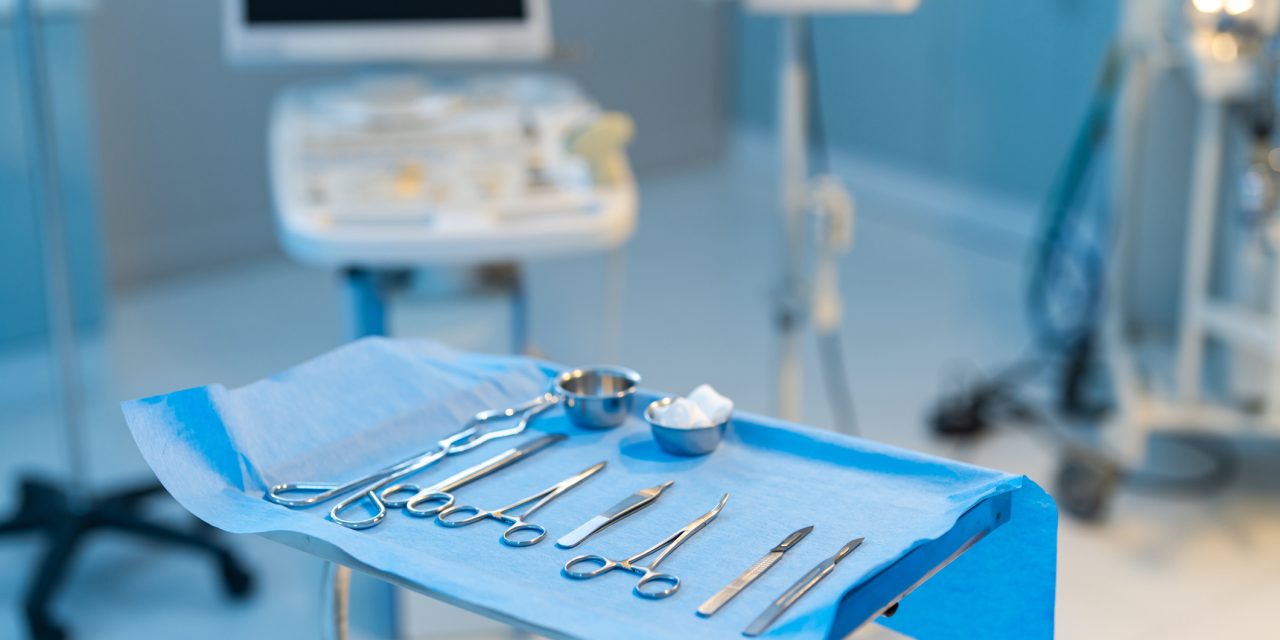Tendon attaches to bone across a robust fibrocartilaginous tissue termed the bone-tendon interface (BTI), commonly injured in the field of sports medicine and orthopedics with poor prognosis. So far, there is still a lack of effective clinical interventions to achieve functional healing post BTI injury. However, tissue-engineering may be a promising treatment strategy. In this study, a gradient book-type triphasic (bone-fibrocartilage-tendon) scaffold is fabricated based on the heterogeneous structure and ingredient of BTI. After decellularization, the scaffold exhibits no residual cells, while the characteristic extracellular matrix of the original bone, fibrocartilage and tendon is well preserved. Meanwhile, the bone, fibrocartilage and tendon regions of the acellular scaffold are superior in osteogenic, chondrogenic and tenogenic inducibility, respectively. Furthermore, autologous bone marrow mesenchymal stem cell (BMSC) sheets (CS) combined with the acellular scaffolds is transplanted into the lesion site of a rabbit BTI injury model to investigate the therapeutic effects. Our results show that the CS modified scaffold not only successfully achieves triple biomimetic of BTI in structure, ingredient and cell distribution, but also effectively accelerates bone-tendon (B-T) healing. In general, this work demonstrates book-type acellular triphasic scaffold combined with autologous BMSCs sheets is a promising graft for repairing BTI injury.Copyright © 2020 Elsevier Ltd. All rights reserved.
Structure and ingredient-based biomimetic scaffolds combining with autologous bone marrow-derived mesenchymal stem cell sheets for bone-tendon healing.


